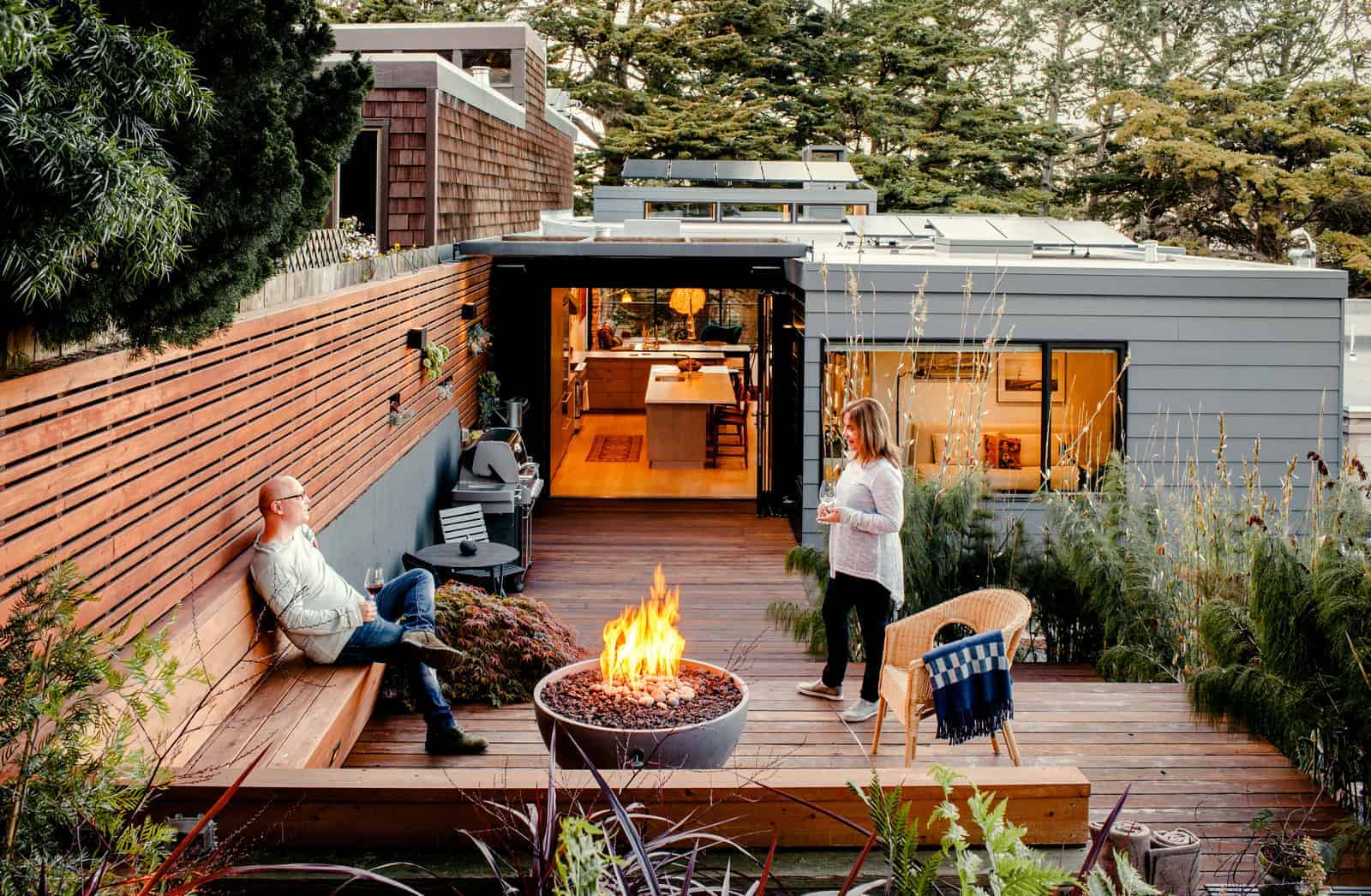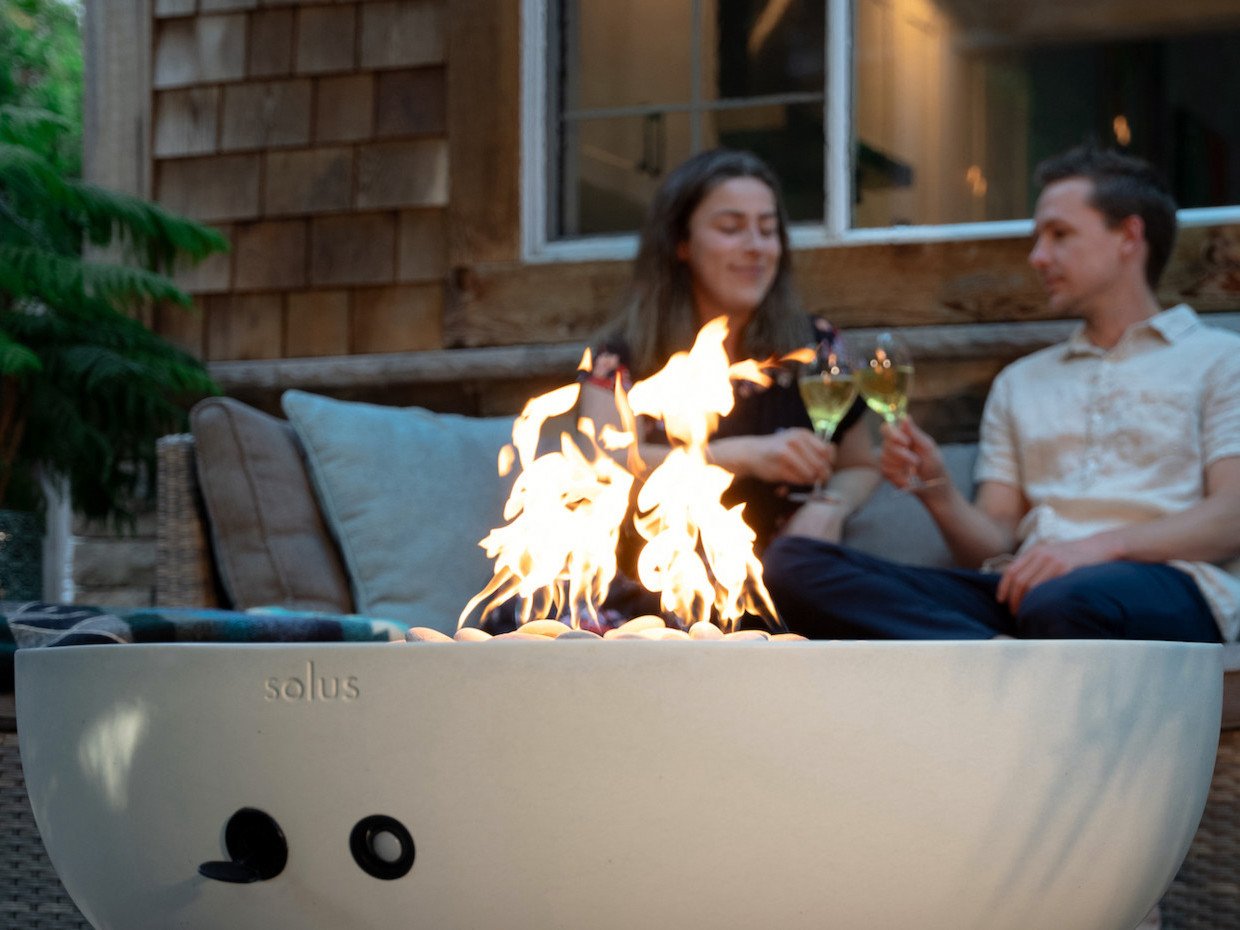

Save Thousands
Solus is relocating (not far), and as a result, we are offering significant discounts on sample displays and ‘seconds,’ with items ranging from 30-75% off. Check out our moving warehouse sale items.

When comparing fire glass with lava stone for fire pits, there are several factors to consider, including aesthetics, heat distribution, maintenance, and cost. Let’s explore these aspects while highlighting the cautionary note that fire glass can trap propane, necessitating careful consideration when using it with propane fuel:
In summary, the choice between fire glass and lava stone depends on personal preferences, budget, and the desired aesthetic. Exercise caution with fire glass and propane fuel, taking necessary precautions to ensure a safe and enjoyable outdoor experience.
Get in contact with the sales team to find out more about our products
contact us at 1-877-843-0572










109 Braid Street – Building C
New Westminster, BC
V3L 5H4
Canada
Solus Decor Spain S.L.
Calle Canet d’En Berenguer,
16 Sagunto 46500
Valencia, Spain
Cedar Nursery
Horsley Road
Cobham, Surrey, England
KT11 3JX